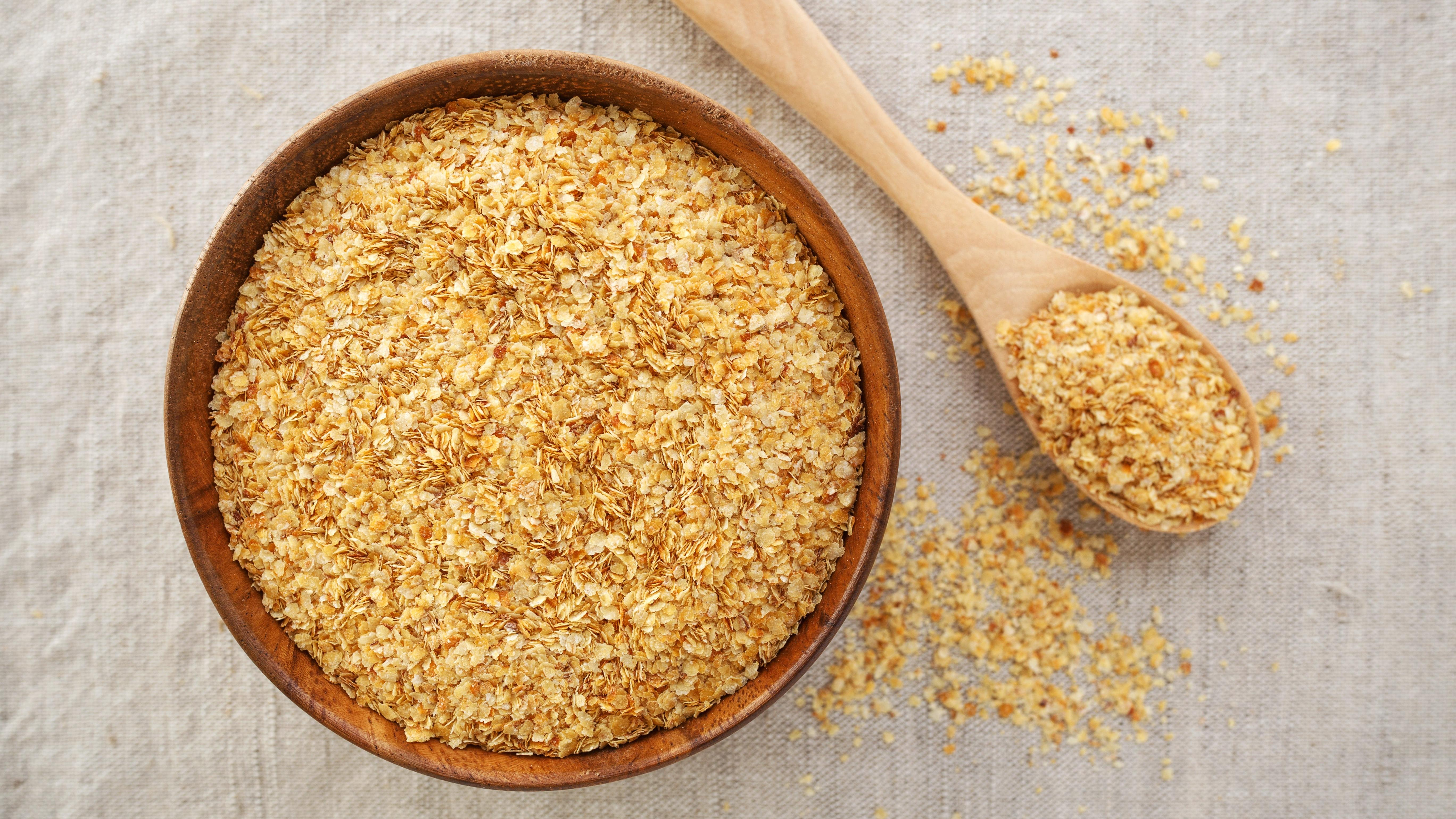What Exactly Is Wheat Germ?
Wheat germ used to be all the rage back in the day.
I remember back in the '90s when wheat germ was all the rage. I was a kid then, and remember wondering why on earth people would go out of their way to eat germs, when here I thought germs were bad for you. (Hey, nobody said I was a genius.) Wheat germ was always positioned as a cure-all health food, but all it did was look dry and boring to me. But now as an adult, I'm perfectly happy downing plenty of germs, wheat included, so let's dive into some of those bountiful golden fields.
What is wheat germ?
Let's start by breaking down a whole grain. The exterior of a cereal grain is called the bran. You're probably familiar with bran, because it's a featured ingredient in cereals like Raisin Bran and Fiber One. Yup, the bran's the part that keeps you regular and being productive on that porcelain throne. Other than the fiber, it provides you with B vitamins and antioxidants.
The endosperm is the largest portion of the kernel, and it's the component of a cereal grain that provides you all the starch and protein. When you think about a grain of wheat that's about to be milled into flour, you're probably thinking about the endosperm portion of the seed.
Now we're onto the last section, the germ. The germ is the embryo of the grain, which is where the sprout will eventually form. This tiny bit is typically removed from grain products, since most people just want the endosperm, which is the bulkiest part. But the germ is nutritious, has plenty of flavor, and is a perfectly edible part of the grain.
Bob's Red Mill, which is a popular supermarket brand of grain-based products I'm sure many of you are familiar with, says the nutrient properties of wheat germ are many. The germ includes fiber, minerals, vitamins, various vitamins, and fatty acids, all of which your body needs.
How does wheat germ taste, and what do you use it for?
Just like lots of grain products, wheat germ has a slightly nutty flavor (we use "nutty" to describe a lot of things, but it's true). While it's certainly nutritious, its grainy texture prevents us from just shoveling it in our mouths by the spoonful.
Wheat germ is one of those handy ingredients you can just sprinkle onto your favorite foods, like yogurt or cereal, no cooking needed. But it's also a product you can put into baked goods as well, like muffins, pancakes, cookies, and more. SFGate suggests you substitute 20-25% of it in for those dishes to boost nutrition and fiber, though it will result in a slightly grainier end product. Hey, if a lil bit of (good) germ will boost my intake of essential nutrients, I'm fine with a little graininess here and there.
Next time I bake off a loaf of bread, I'll be sure to pick up a bag of wheat germ from the store, along with my usual bread flour. Might as well, right? We could all use some more germ in our life.
